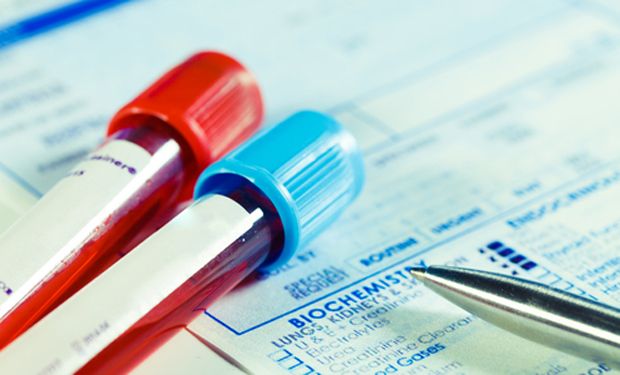FDA Issues Guidance Considerations for Tissue Biopsies in Clinical Trials
According to the FDA, biopsies should be optional in clinical protocol when information will be used to evaluate only non-key secondary end points.
According to the FDA, biopsies should be optional in clinical protocol when information will be used to evaluate only non-key secondary end points.

The FDA has issued a draft guidance with the Office for Human Research Protections (OHRP) providing recommendations to industry, investigators, institutions, and review boards for including tissue biopsies for adults and children as part of clinical trials that evaluate investigational medical products and/or are US Department of Health and Human Services (HHS)–led or endorsed, according to a news release from the agency.1
The draft guidance primarily outlined considerations for determining tissue biopsy requirements in clinical trials for both children and adults. Additionally, it addressed assessing risks and benefits associated with tissue biopsy use in clinical trials involving children.2 The draft further highlighted the importance of informed consent, emphasizing an adult patient’s right to withdraw consent at any time throughout a trial, parental rights to providing informed consent for children, and, when applicable, the right for a child to provide assent.
“Tissue biopsies in clinical trials are often needed to determine eligibility or to understand the effect of the medical product being studied in the trial,” Richard Pazdur, MD, director of the FDA’s Oncology Center of Excellence and acting director of the Office of Oncologic Diseases in the FDA’s Center for Drug Evaluation and Research, said in a news release on the draft guidance.1 “This new draft guidance builds on the agency’s ongoing efforts to enhance clinical trials by providing recommendations to improve participant safety and further clinical research.”
The document began by describing that biopsies needed to inform routine clinical care were excluded from the guidance. Additionally, it does not establish legally enforceable responsibilities, suggesting that guidances are to be viewed as recommendations unless stated otherwise.
Furthermore, it explained that biopsies may pose risks, but that in cases where they are needed to answer questions of interest within a trial, requirements for biopsies as a part of trial participation may be warranted. It further detailed that sponsors should consider whether biopsy-related risks are reasonable compared with anticipated benefits.
The draft guidance additionally recommended that biopsy requirements were unnecessary when their results are not needed to determine trial eligibility, if their use evaluates only non-key secondary end points or exploratory end points, or if they are used to facilitate unspecified future research. In these instances, biopsies may increase risk or create undue burden for patients or limit access to and discourage participation in clinical trials.
Specifically, for adult patients, the draft guidance recommended that institutions consider the purpose of, reasons for, and associated risks associated with use of biopsies, emphasizing varying of levels of risks with different tissue types. For tissue sites posing higher risks, alternative approaches should be considered, and biopsies should only be used after the provision of a strong scientific justification for its need.
Additionally, the draft guidance encouraged sponsors to discuss potential biopsy use with the appropriate review division tasked with researching medical products considered to be early in development. It further explained that biopsy requirements may be justified if they help identify patients who could derive clinical benefit from an investigational medical product, identify patients at risk of adverse effects or toxicities, identify whether a patient’s disease state would reduce the likelihood of benefit with an investigational product, to evaluate primary and key secondary end points or treatment response, or to obtain histological diagnosis of tissue to support diagnostic testing.
Furthermore, the draft guidance recommended that the conditions under which informed consent is sought should be considered when deciding on requirements for biopsies, thereby minimizing the possibility of coercion. It further highlighted that clinical protocol and informed consent documents should clearly state whether biopsy is required or optional. It stated that an informed consent document should include a description of physical and informational risks as well as discomforts of the biopsy to the patient.
References
- FDA issues draft guidance on including tissue biopsies in clinical trials. Press release. FDA. January 6, 2024. Accessed January 7, 2024. https://tinyurl.com/526ma4ca
- US Department of Health and Human Services Office for Human Research Protections. Considerations for including tissue biopsies in clinical trials. January 2025. Accessed January 7, 2025. https://tinyurl.com/4xfvfwp5
How Supportive Care Methods Can Improve Oncology Outcomes
Experts discussed supportive care and why it should be integrated into standard oncology care.